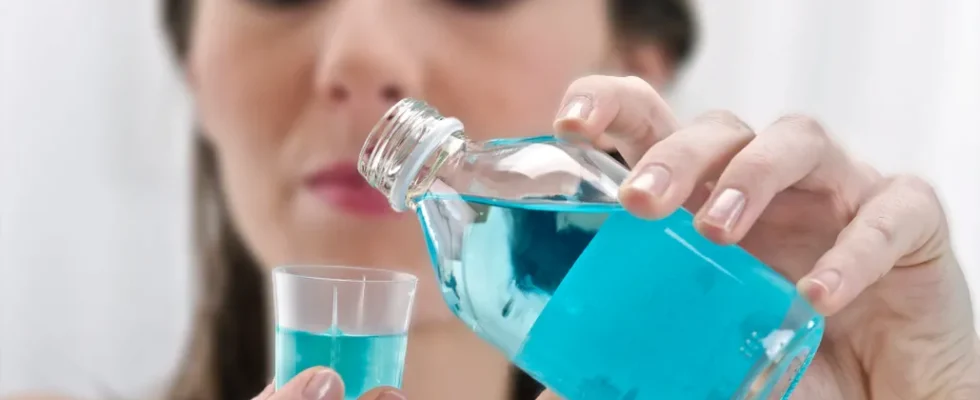You might not think about it, but what happens in your mouth when you use a mouth rinse? It’s all about balance. Hydrochloric acid plays a surprising role here. It might sound harsh, but when properly neutralized, it becomes your ally. This process helps maintain oral health. Your mouth’s pH needs to be just right. Not too acidic. Not too alkaline. When it’s balanced, bacteria find it harder to thrive. A dentist in Scarsdale might tell you that proper mouth rinse use can significantly aid in this balance. Your rinse neutralizes harmful acids, ensuring your teeth and gums stay strong. It’s not just about fresh breath. It’s about protection. Next time you swish, remember that it’s a tiny but crucial science experiment happening in your mouth. A simple step in your routine can have long-lasting effects on your health. Who knew a quick rinse could be so powerful?
Understanding the Basics of pH Balance
The pH scale measures how acidic or alkaline a substance is, ranging from 0 to 14. A pH of 7 is neutral. Below 7 is acidic, and above 7 is alkaline. Your mouth’s pH usually hovers between 6.2 and 7.6. This range is crucial. Saliva helps keep this balance, but diet, health, and mouth rinse use play roles as well. If the pH falls, enamel can erode. If it rises too much, tartar may build up. Maintaining this balance is necessary for good oral health.
How Mouth Rinses Work
Mouth rinses combat bacteria and improve pH. They often contain active ingredients that neutralize acids. These ingredients can include fluoride, chlorhexidine, and herbal extracts. These substances help create a less hospitable environment for bacteria. They also reduce the risk of cavities and gum disease. Neutralizing hydrochloric acid in your mouth ensures that your teeth remain protected without damaging the natural balance.
The Role of Hydrochloric Acid in Oral Health
Hydrochloric acid is not directly present in the mouth in any significant amount. However, its neutralization serves as a model for understanding how acids in the mouth are managed. For example, when you consume foods like citrus fruits or sodas, acids can increase, leading to potential harm. Mouth rinses work to counteract these acids, balancing the environment in your mouth and preventing bacterial growth.
Comparing Mouth Rinse Ingredients
| Ingredient | Function | Effect |
|---|---|---|
| Fluoride | Mineral supplement | Strengthens enamel |
| Chlorhexidine | Antiseptic | Reduces bacteria |
| Herbal Extracts | Natural antibacterial | Soothes gums |
Choosing the Right Mouth Rinse
When selecting a mouth rinse, consider your specific needs. Do you need extra fluoride to strengthen your enamel? Are you looking for an antiseptic to reduce bacteria? Or do you prefer natural herbal options? Understanding these differences can help you choose the best product. If you’re unsure, consult with a dental professional for advice tailored to your oral health requirements.
Benefits of Using Mouth Rinses
- Freshens breath
- Prevents cavities
- Reduces plaque buildup
- Soothes minor gum irritations
Proper Mouth Rinse Use
Follow the instructions on your mouth rinse bottle. Typically, you should swish the rinse in your mouth for 30 seconds to 1 minute. Do not swallow it. Use it once or twice daily after brushing and flossing. Overuse might lead to irritation or side effects, so moderation is key.
For more detailed information on oral health, you can visit resources like the Centers for Disease Control and Prevention or the American Dental Association.
Conclusion
Mouth rinses are a simple yet effective tool in oral care. They not only freshen breath but also neutralize harmful acids. By choosing the right rinse and using it properly, you contribute to a healthier mouth environment. This step, though small, plays a big role in your overall oral hygiene. Stay informed and make the best choices for your dental health.


